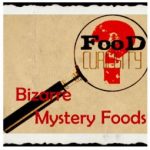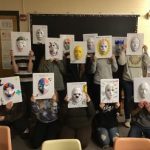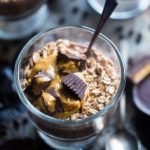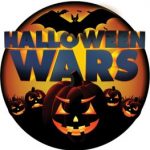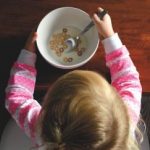
Until recently, I wasn’t aware that the parenting styles affected anything other than how children are treated in regard to following rules, handling misbehavior and discipline. Well, it turns out that parental feeding styles can also be applied to the way that eating patterns and habits are managed with children. This lesson incorporates this information and has students researching strategies to help children develop a healthy relationship with food. So, read on to learn more about how you can teach this concept and theory in your child development, parenting or nutrition classes.

